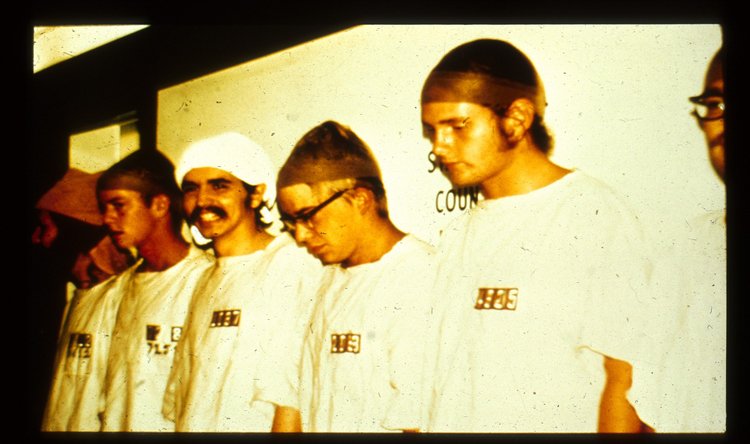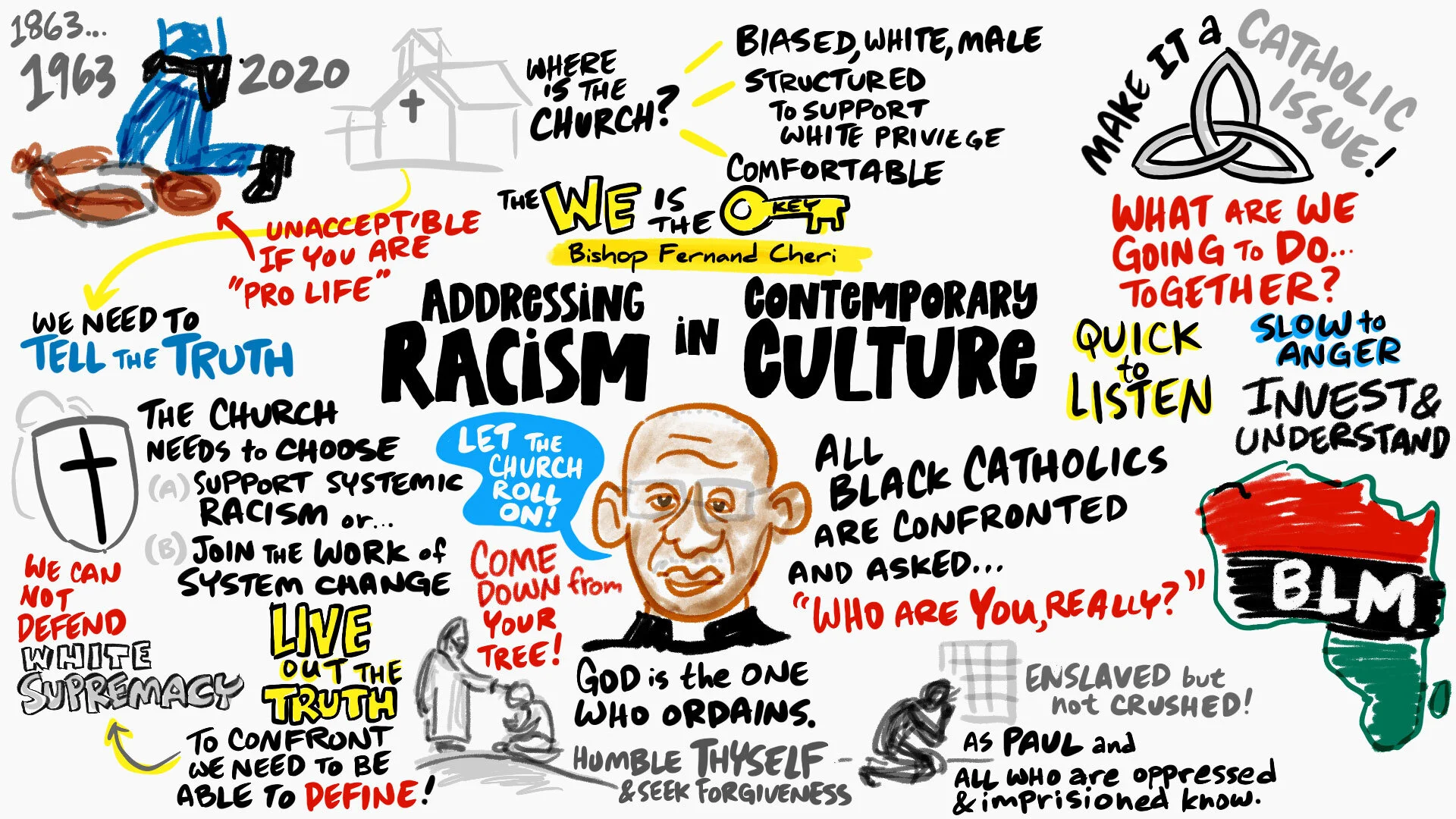Security Data Maps
/ There are two ways to use data: (1) to reveal a story about the past, the present or the future; and (2) to hide the truth.
There are two ways to use data: (1) to reveal a story about the past, the present or the future; and (2) to hide the truth.
Worldchanging.com has a combo of data visualization tools that reveal a story along the vectors of location, time and crime.
From Mapping Politics: The Means of Expression - Media, Creativity and Experience:
Maps are not neutral -- or, rather, the creation of maps is not a neutral process. The choice of what the map covers, and what details to include or exclude, is an inherently subjective process.We've been waiting to see a modern version of Minard's data map portraying Napoleon's catastrophic march to Moscow in 1812.~ Jamais Cascio, www.worldchanging.com
Designed by Tim Klimowicz, The Iraqi War Fatality map is as poignant as it is elegant.
Built in Flash, the animation charts the US and coalition military fatalities that have occurred in the war in Iraq since March 2003. As a counter ticks off the days of conflict (well past the May Mission Accomplished mark) black dots and red flashes appear on the map indicating the death of a coalition soldier.
There are no marks for wounded, for killed international contractors, for Iraqi civilians or for Iraqi civil security forces. That would result in a very different map.
This map, however, drives home the message that every day is a dangerous day in Iraq. Data is taken from www.icausulties.org with geological information from www.globalsecurity.org.
The Project plans to continue as long as the war does.In Simming the City, Cascio discusses the uses of data and simulations, ala real life SimCity, to guide city and community leaders in real life American cities.
Chicagocrime.org is a freely browsable database of reported crimes in Chicago.In a unique integration of resources: Google maps and the Chicago police department's website.
With the SimCity model in mind, a wealth of new ideas for GoogleMap applications spring to mind, both directly taken from the game and simply inspired by it. School ratings, fire scenes, public transit outages, Critical Mass events, recent store closures (perhaps mapped against big box retailer locations), LEED-certified and registered buildings... A key step to making a change to a system is seeing its underlying patterns. GoogleMaps may well turn out to be a critical tool for recognizing where action is needed as we reinvent our urban environments.For six years, I lived on the 800 block of Buena Avenue in the Lakeview neighborhood on Chicago's northside. It's a half mile from Al Capone's old gin joint in Uptown, The Green Mill, now a popular site for brutal poetry slams.
When our landlord, a retired fire chief, bought the building it was an abandoned structure across the street from a deserted lot filled with crack vials. Around the back was a burned out church which was a favorite hangout for transvestite hookers.
Thanks to rampant yuppization of the area around Wrigley Park, things have tamed. When I checked out the RSS feed of crimes on my former block, I found only five crimes committed, most of them sounding like scenes from a 1950s film on street racing: motor vehicle theft, criminal damage, criminal trespass, reckless conduct, and, the most innocuous-sounding of all, deceptive practice.
Funny how one becomes nostalgic for depravity.
For a glimpse of the truly bad old days of Chicago, complete with the windiest politicians, rollicking red-light districts and most notorious vice games, you can always book a ticket on the Chicago Untouchables Tour.









